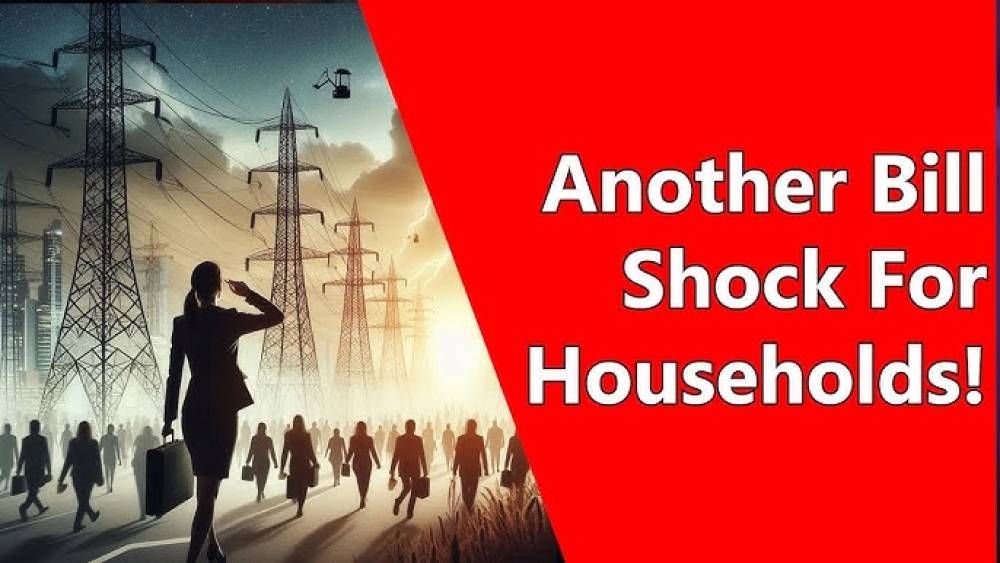
Australian households across three states are bracing for electricity bill hikes of up to $228, following the Australian Energy Regulator’s (AER) final determination on Default Market Offer (DMO) prices for the 2025–26 financial year.
From July 1, customers in New South Wales, South Australia, and south-east Queensland on standing offer energy plans will see significant price increases, driven largely by higher energy production and infrastructure costs.
Households in New South Wales are expected to bear the brunt of the rise, with prices increasing by between 8.3 per cent and 9.7 per cent, depending on their energy distributor. Customers under Essential Energy in regional NSW could see their average annual electricity bills surge by $228, from $2513 to $2741.
South Australian customers will face bill increases of between 2.3 per cent and 3.2 per cent, while those in south-east Queensland will experience smaller hikes, ranging from 0.5 per cent to 3.7 per cent.
The increases are slightly higher than those forecast in the AER’s April draft determination, particularly for NSW.
AER Chair Clare Savage acknowledged the difficult timing of the announcement for Australian households already struggling with rising living costs.
“We know this is not welcome news for consumers in the current cost-of-living environment,” Ms Savage said.
“Sustained pressures across almost all components of the DMO have driven these price rises, with wholesale and network costs rising in most jurisdictions between 1 per cent and 11 per cent, and retail costs between 8 per cent and 35 per cent compared with last year.”
Federal Energy Minister Chris Bowen responded to the hikes by encouraging Australians to review their current energy plans and consider switching to more competitive offers.
“With energy plans that are between 18 per cent and 27 per cent cheaper than the DMO, it’s worth shopping around,” Mr Bowen said.
He urged consumers to visit government-run comparison websites such as Energy Made Easy or energy.gov.au to find the best deals in their area.
“We know 80 per cent of households aren’t on the cheapest energy plan they could be, which is why we’re making it easier for households to find and switch to better plans,” he added.
Sally Tindal, Canstar Blue’s Director of Data Insights, echoed the call for consumers to act swiftly, noting that significant savings are possible.
“If you get a note from your provider telling you your electricity prices are on the rise, use it as an opportunity to check whether there’s a cheaper plan out there,” Ms Tindal said.
“Our research shows switching from an average priced plan to one of the lowest in the market could save you over $400 a year in some cases — this could be enough to completely offset the upcoming price hikes for some households.”
She recommended consumers make the switch before July 1 and continue monitoring the market in the months that follow.
As the new financial year approaches, Australians are being urged to take proactive steps to protect their household budgets. With electricity bills set to rise significantly for many, especially in New South Wales, switching to a better energy plan could be the key to avoiding unnecessary financial strain.